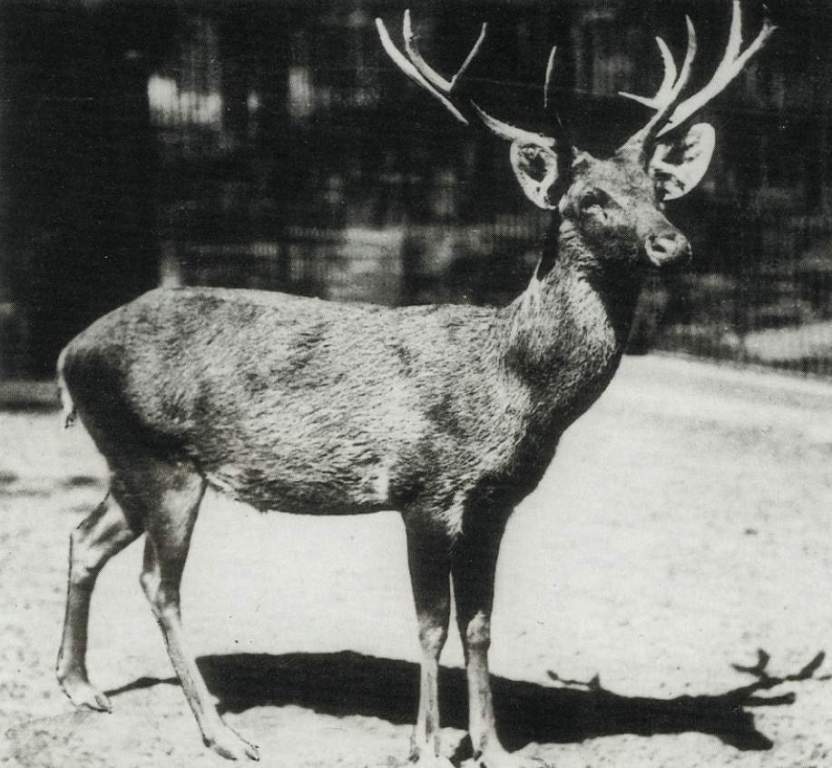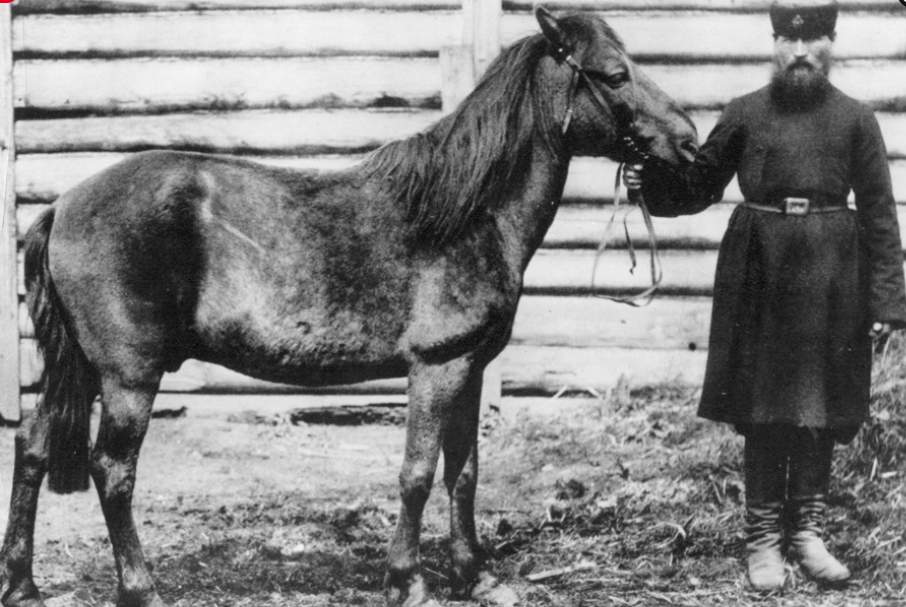Borage, ice-plant, woundwort, monk-hood, snowberry, bistort, tutsan.
/ month
placeholder text
Post List
Editor's Picks
Sea Glass Sculptures Reflect the Relaxing Qualities of the Ocean
Sea Glass Sculptures Reflect the Relaxing Qualities of the...
Pomegranate – A Powerful Antioxidant
Among the strongest antioxidants in nature, pomegranates are one...
Captivating Transformation of Australian Shipwreck by Nature’s Hands
An amazing tale of how nature took control of...
Casimir Funk – Who First Revealed Vitamins in 1911
Vitamins are essential elements for health today. It was...
Kawah Ijen Volcano – That Spews Blue Lava
Kawah Ijen Volcano - That Spews Blue Lava. At...
Cerbera Odollam – The Suicide or Murder Tree
Cerbera odollam, is a dicotyledonous angiosperm, commonly known as...
Rhyolite: An Abandoned Ghost Town from the Air
Rhyolite, is an abandoned ghost town in Nevada and...
Neelimkumar Khaire: Imprisoned with 72 of the most venomous snakes in 1986
A 28-year-old man named Neelimkumar Khaire broke the world...
Don't Miss
Red-winged fairywren (Malurus elegans)
There are many different species of Australasian wrens in...
Take a Vacation, Exercise and Sleep?
Vacation: It is important to take vacations from time to...
Everything You Need to Know Before Traveling to Nepal
Being an extensive traveler, you need to know everything...
Splendid Fairywren (Malurus splendens)
The splendid fairywren (Malurus splendens) is a member of...
Paradise in Coron Palwan Philippines
Coron Palwan is a wedge-shaped limestone island and the...
Diabetes – A Difficult Disease to Handle
Diabetes is a condition in which the blood sugar...
Bioluminescence in Holbox – A Captivating Natural Wonder
Bioluminescence in Holbox
Holbox offers a fascinating glimpse into the...
How to Make Your House Earthquake Proof?
How to Make Your House Earthquake Proof
Earthquakes can cause...
Hyacinth Bulbs – Grow and Care Tips
Hyacinths are spring-flowering bulbs with long, narrow leaves that...
Charismatic Planet © 2024 . All Rights Reserved.

 A “wild patch” allows brambles, wild raspberries, foxgloves, and vetches to thrive, while rank grass can provide nest sites. Yellow Jacket wasps and bumblebees are very social to have an annual colony. Overall, an overwintering queen emerge in the spring. She builds a nest, gathers pollen and nectar, and
A “wild patch” allows brambles, wild raspberries, foxgloves, and vetches to thrive, while rank grass can provide nest sites. Yellow Jacket wasps and bumblebees are very social to have an annual colony. Overall, an overwintering queen emerge in the spring. She builds a nest, gathers pollen and nectar, and 




